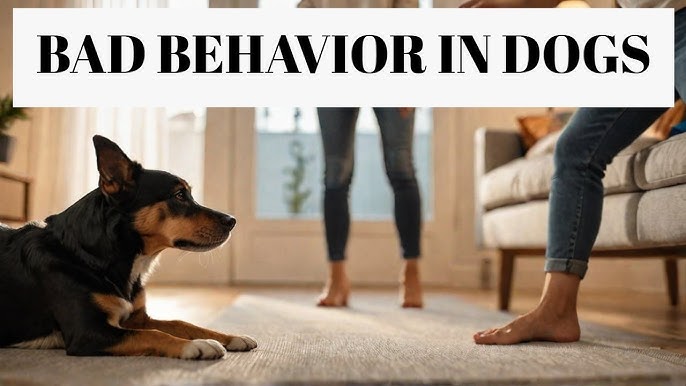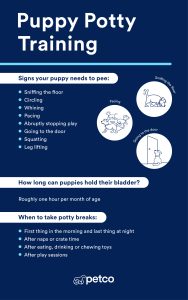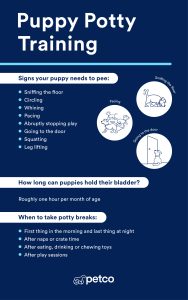Are you tired of your dog’s bad behavior ruining your peace at home? Whether it’s constant barking, chewing on furniture, or pulling on the leash, these habits can be frustrating.
The good news is, you have the power to change this. Understanding how to correct your dog’s bad behavior isn’t just about discipline—it’s about building a stronger, happier bond with your furry friend. Keep reading, and you’ll discover simple, effective steps that anyone can follow to transform your dog’s behavior for the better.
Your dog—and your home—will thank you.
Common Bad Behaviors In Dogs
Dogs can show unwanted behaviors that bother owners. Understanding these behaviors helps with training.
This guide covers common problems like barking, chewing, and more. Each section explains why it happens and how to fix it.
Excessive Barking
Dogs bark to communicate. Too much barking can annoy people and cause stress. It may happen because of fear, boredom, or attention-seeking.
Chewing And Destruction
Chewing is natural for dogs, especially puppies. Destructive chewing damages furniture and belongings. Dogs chew to relieve teething pain or boredom.
- Provide safe chew toys
- Keep valuables out of reach
- Exercise your dog daily
- Use positive reinforcement for good behavior
Aggression And Biting
Aggression can cause biting, which is dangerous. It can come from fear, pain, or protecting territory. Early training and socialization reduce risks.
Jumping On People
Dogs jump to greet or get attention. This can scare or hurt people. Teaching dogs to sit when meeting others stops this behavior.
House Soiling Issues
House soiling means urinating or pooping inside the house. It may happen due to illness, stress, or lack of training.
| Cause | Reason | Solution |
| Medical | Urinary infection or illness | Visit a vet for treatment |
| Stress | Changes in environment or routine | Keep routine steady and calm |
| Lack of training | Not taught proper bathroom spots | Use consistent potty training |
| Marking | Territory marking by males | Neuter and train to stop marking |
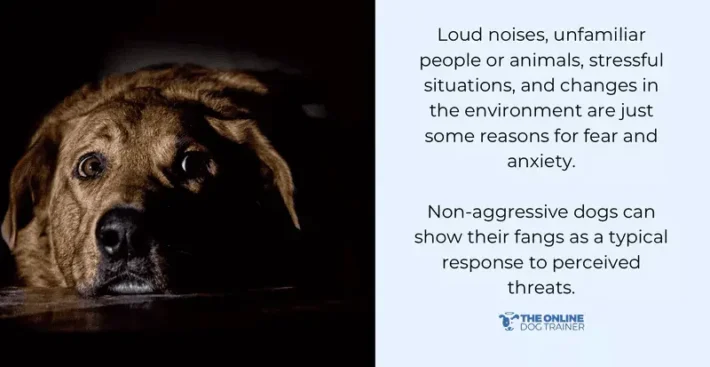
Credit: theonlinedogtrainer.com
Causes Of Bad Behavior
Bad behavior in dogs is a common issue for many owners. Understanding the causes can help in correcting these behaviors.
Dogs may show unwanted behaviors for various reasons. It is important to identify the cause to address it effectively.
Lack Of Training
Dogs need training to understand what is expected. Without training, they may not know the rules.
Basic commands help set boundaries for dogs. Training creates a structured environment.
Boredom And Lack Of Exercise
Dogs need mental and physical stimulation. Without it, they can become bored and misbehave.
Regular exercise helps burn off energy. It keeps dogs happy and less likely to act out.
- Daily walks for physical activity
- Puzzle toys for mental stimulation
- Playtime with other dogs
Fear And Anxiety
Fear can cause dogs to act aggressively. Anxiety can lead to destructive behaviors.
Calm environments help reduce stress. Owners should be aware of triggers that cause fear.
Medical Issues
Health problems may lead to bad behavior. Pain or discomfort can make dogs irritable.
Regular vet check-ups are essential. They help identify and treat any medical issues early.
Inconsistent Owner Responses
Inconsistent responses confuse dogs. They do not learn what is right or wrong.
Consistency in commands and rewards is key. Dogs thrive on routine and clear signals.
- Always use the same command words
- Reward good behavior immediately
- Set clear rules for household behavior
Effective Training Techniques
Correcting bad behavior in dogs requires patience and the right training techniques. Using positive methods helps dogs learn faster.
Training should be clear and consistent to create good habits. This guide covers key techniques to improve your dog’s behavior.
Positive Reinforcement
Positive reinforcement means rewarding good behavior. Dogs respond well to treats, praise, or playtime after obeying commands.
This technique encourages dogs to repeat good actions and builds a strong bond between you and your pet.
- Give treats immediately after good behavior
- Use a happy voice to praise your dog
- Offer toys or play as rewards
- Be consistent with rewards
Redirection Methods
Redirection helps stop bad behavior by guiding your dog to a better activity. It teaches them what is allowed instead.
For example, if your dog chews on furniture, give a chew toy instead. This keeps your dog busy and away from damage.
- Offer a toy when your dog starts bad behavior
- Change the focus with a command like “sit” or “come”
- Keep your dog’s mind active with games
Consistency In Commands
Use the same words and signals for commands every time. Consistency helps your dog understand what you want.
All family members should use the same commands to avoid confusing the dog and to reinforce learning.
- Pick simple words like “sit,” “stay,” and “come”
- Use the same tone and gestures
- Practice commands daily
- Make sure everyone in the home follows the rules
Using Time-outs
Time-outs give your dog a short break from attention after bad behavior. This helps them learn that bad actions lead to no fun.
Place your dog in a quiet space for a few minutes. Avoid giving attention during this time, so the dog connects the time-out to their behavior.
- Use a safe, quiet spot for time-outs
- Keep time-outs brief, about 1 to 3 minutes
- Don’t shout or scare your dog
- Return to training calmly after time-out
Avoiding Punishment
Harsh punishment can harm your dog’s trust and slow training progress. Avoid yelling, hitting, or using shock collars.
Focus on teaching good behavior with rewards and redirection. This creates a happy, confident dog that wants to obey.
- Never use physical punishment
- Stay calm and patient
- Reward good actions instead of punishing mistakes
- Use gentle corrections like redirecting or time-outs

Credit: www.dwdogtraining.com
Behavior Modification Tools
Correcting bad behavior in dogs needs patience and the right tools. These tools help guide your dog to better habits.
Using behavior modification tools makes training clear and consistent. This helps your dog learn what is expected.
Clicker Training
Clicker training uses a small device that makes a clicking sound. The click marks good behavior instantly.
After the click, give your dog a treat. This teaches your dog to repeat good actions for rewards.
- Start by clicking and giving a treat to build association
- Use the click to mark good behavior during training
- Keep sessions short and positive for best results
Leash And Harness Use
A leash and harness help control your dog safely during walks. They prevent pulling and sudden lunges.
Use gentle guidance with the leash to teach your dog to walk calmly beside you. This reduces bad pulling habits.
- Choose a well-fitted harness for comfort
- Practice loose leash walking daily
- Stop walking if your dog pulls and wait for calm
Crate Training
Crate training gives your dog a safe space to relax. It helps with housebreaking and prevents destructive behavior.
Introduce the crate slowly with treats and toys. Make it a positive place your dog likes to enter.
- Keep crate sessions short at first
- Never use the crate for punishment
- Give your dog water and comfort inside the crate
Interactive Toys
Interactive toys keep your dog busy and reduce boredom. They can stop chewing and digging caused by restlessness.
Choose toys that challenge your dog’s mind. Use puzzle feeders or treat-dispensing toys for fun learning.
- Rotate toys to keep interest high
- Supervise play to ensure safety
- Use toys to reward calm behavior
Professional Training Assistance
Sometimes you need help from a professional trainer. They teach you how to handle difficult behaviors safely.
Choose trainers who use positive methods. They can create a plan that fits your dog’s needs.
- Look for certified trainers with good reviews
- Attend training classes to learn techniques
- Ask questions about methods and progress
Preventing Future Behavior Issues
Correcting bad behavior in dogs is important. Preventing future problems helps keep your dog happy and safe.
Using good habits and routines can stop bad behavior before it starts. Try these key actions to help your dog behave well.
Regular Exercise Routines
Exercise helps your dog burn energy and stay calm. Dogs with enough exercise are less likely to act out.
- Walk your dog daily for at least 30 minutes.
- Play fetch or run in a safe area.
- Use toys that encourage movement.
- Adjust exercise based on your dog’s age and breed.
Mental Stimulation Activities
Mental challenges keep your dog’s mind busy. A tired mind can mean better behavior.
Try these activities to boost your dog’s brain power:
- Teach new tricks or commands.
- Use puzzle feeders for meals.
- Hide treats for your dog to find.
- Rotate toys to keep interest high.
Socialization With Other Dogs
Social time teaches dogs how to behave around others. It lowers fear and aggression.
- Visit dog parks with supervision.
- Arrange playdates with calm dogs.
- Attend training classes for social skills.
- Watch body language to prevent fights.
Establishing Clear Rules
Dogs need clear rules to understand what is allowed. Consistency helps them learn fast.
| Rule | Example |
| No jumping on people | Ignore or gently push down |
| Stay off furniture | Provide a dog bed nearby |
| Wait before eating | Use a command like “wait” |
| Walk calmly on leash | Stop walking if pulling starts |
Routine Veterinary Checkups
Health issues can cause bad behavior. Regular vet visits keep your dog healthy and happy.
- Schedule yearly health exams.
- Check for pain or discomfort signs.
- Keep vaccinations up to date.
- Discuss behavior concerns with your vet.
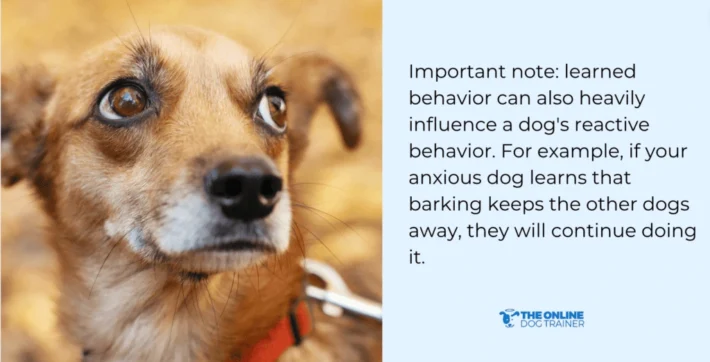
Credit: theonlinedogtrainer.com
Frequently Asked Questions
How Can I Stop My Dog From Bad Behavior?
Identify the cause of the behavior first. Use positive reinforcement for good actions. Consistency and patience are key. Avoid punishment, as it can worsen behavior. Training sessions should be short, frequent, and clear.
What Are Common Bad Behaviors In Dogs?
Common issues include barking, chewing, biting, jumping, and digging. These behaviors often stem from boredom, anxiety, or lack of training. Understanding triggers helps in correcting them effectively.
How Long Does It Take To Correct Bad Behavior?
Correction time varies by dog and behavior severity. Minor issues may improve in weeks. Serious behaviors might need months of consistent training. Patience and persistence are essential for success.
Can Bad Behavior Be Prevented In Puppies?
Yes, early socialization and training prevent many bad habits. Establish clear rules and boundaries from the start. Reward good behavior consistently. Provide mental and physical stimulation to reduce misbehavior.
Conclusion
Correcting bad behavior in dogs takes time and patience. Consistent training helps dogs learn right from wrong. Reward good actions and gently guide away from bad habits. Clear communication builds trust between you and your dog. Stay calm and firm during every session.
Small steps lead to big changes. Remember, every dog is unique and learns differently. Keep practicing daily for the best results. Your efforts will create a happier, well-behaved companion. Good behavior means a stronger bond and more joy. Keep going—you and your dog can succeed together.

Emily Barker is the founder of ChillDogLife.com, a space dedicated to helping pup parents discover the best dog products, lifestyle tips, and cozy ideas for happier homes.
A lifelong dog lover, Emily combines her passion for pets with a knack for research to share trusted recommendations on everything from toys and furniture to health and everyday care.
Her goal is simple: to make life easier, stylish, and more joyful for dogs and the people who love them.
